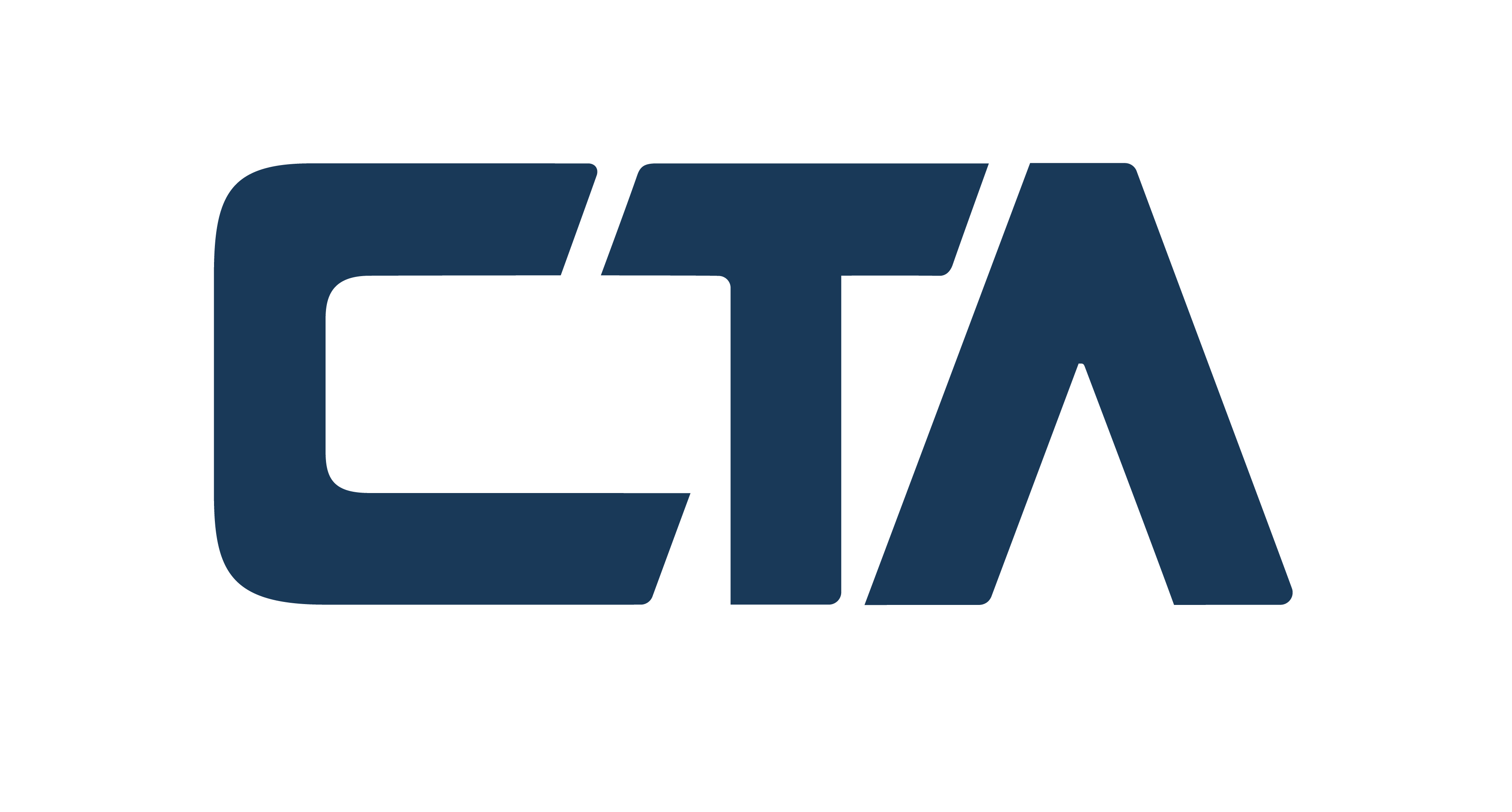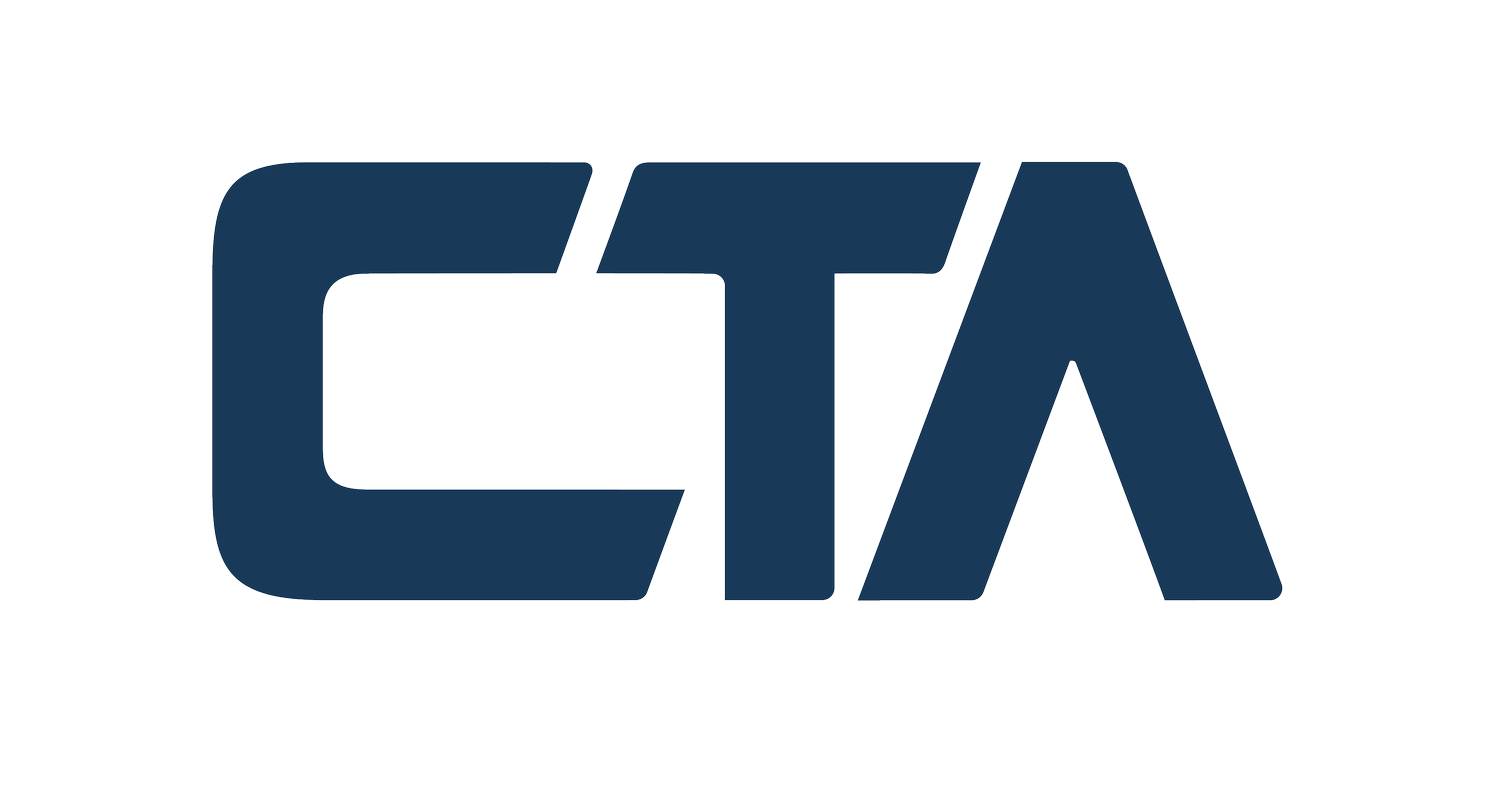Cost segregation is a powerful tax strategy that allows real estate owners to accelerate depreciation on their properties, ultimately leading to significant tax savings. By breaking down the components of a building into various categories with shorter depreciable lives, property owners can increase their cash flow and reinvest savings back into their businesses. While cost segregation offers great advantages, navigating the process can be complex. This is where a tax consultant comes in, providing expertise and guidance to ensure optimal results. Investors often utilize accelerated depreciation in real estate to maximize tax benefits and improve cash flow. Let’s discuss the Benefits of Cost Segregation.
What Is Cost Segregation?
Cost segregation is a tax-deferral strategy primarily used for commercial real estate, but it can also apply to residential rental properties. Typically, buildings are depreciated over 27.5 years for residential properties or 39 years for commercial buildings. However, not every part of a building needs to follow this schedule. Certain elements, such as lighting, carpeting, and landscaping, can have shorter depreciation lives—often 5, 7, or 15 years.
A cost segregation study identifies and reclassifies these components, allowing property owners to depreciate them over a shorter period. This results in higher depreciation deductions in the early years of ownership, effectively reducing taxable income.
How Does Cost Segregation Work?
- Property Evaluation: A cost segregation study starts with an analysis of the property’s construction, purchase, or remodel costs.
- Asset Classification: The property’s components are categorized into different asset classes (e.g., 5-year, 15-year) based on IRS guidelines.
- Reclassification: Components that qualify for shorter depreciation schedules are reclassified. This reclassification accelerates the depreciation timeline and increases tax deductions.
- Tax Filing: The results of the study are incorporated into the property owner’s tax filings, allowing them to claim the accelerated depreciation.
The Benefits of Cost Segregation
- Immediate Tax Savings: By accelerating depreciation, cost segregation increases tax deductions in the early years of ownership, lowering taxable income and saving money on taxes.
- Increased Cash Flow: With lower taxes, property owners have more cash on hand to reinvest in their business, expand operations, or even acquire new properties.
- Deferred Tax Liability: While cost segregation accelerates depreciation, it’s important to remember that this is a tax deferral, not a permanent deduction. Taxes may be recaptured upon the sale of the property, but the time value of money still makes this an attractive strategy.
- Potential for Increased ROI: For investors, the tax savings from cost segregation can boost return on investment (ROI) and enhance the overall profitability of real estate holdings.
Why Hire a Tax Consultant for Cost Segregation?
Cost segregation is a highly specialized area of tax law, and attempting to navigate it without expert help can lead to mistakes or missed opportunities. Here’s how a tax consultant can add value:
- In-Depth Knowledge: A tax consultant brings expertise in tax code and IRS guidelines, ensuring that the cost segregation study complies with regulations while maximizing deductions.
- Tailored Strategy: Every property is unique, and a tax consultant can tailor the cost segregation approach to your specific situation. Whether you own a newly constructed building or have recently purchased or remodeled a property, they can help identify the most advantageous depreciation strategy.
- Accurate Classification: Reclassifying building components requires a deep understanding of IRS rules. A tax consultant works closely with engineers and construction professionals to ensure that all qualifying assets are correctly categorized, avoiding potential penalties or audits.
- Maximizing Benefits: A well-executed cost segregation study maximizes tax savings, but it also requires careful planning to avoid over-accelerating depreciation and triggering unnecessary recapture taxes down the road. A tax consultant can balance the immediate benefits with long-term tax strategies.
- Audit Defense: If the IRS audits your depreciation deductions, a tax consultant can provide support, offering documentation and defending the study’s results.
Final Thoughts
Cost segregation can be a game-changer for property owners looking to optimize their tax savings. However, it’s not a do-it-yourself project. The complexity of the tax code and the need for precise asset classification make hiring a tax consultant a smart move. With their help, you can unlock the full potential of cost segregation and reap the benefits of enhanced cash flow, increased ROI, and deferred tax liabilities.
By working with a tax consultant, property owners can ensure they’re not only compliant with IRS regulations but also maximizing their financial advantage in a competitive real estate market. Reach out to us for more help!









